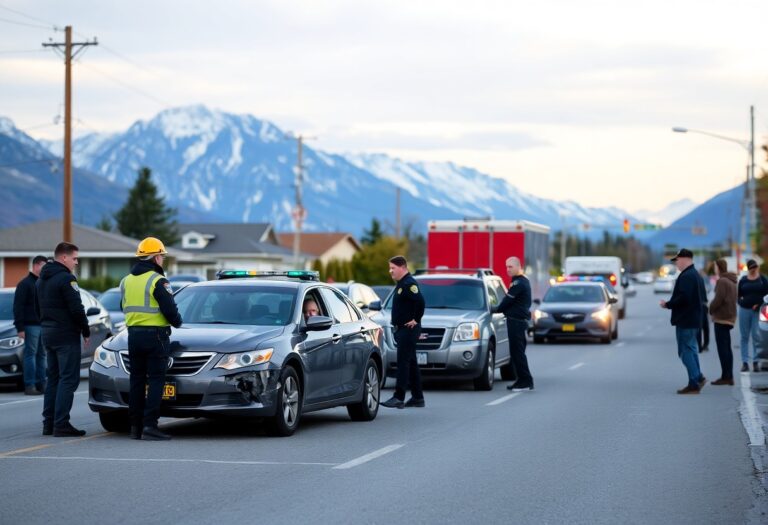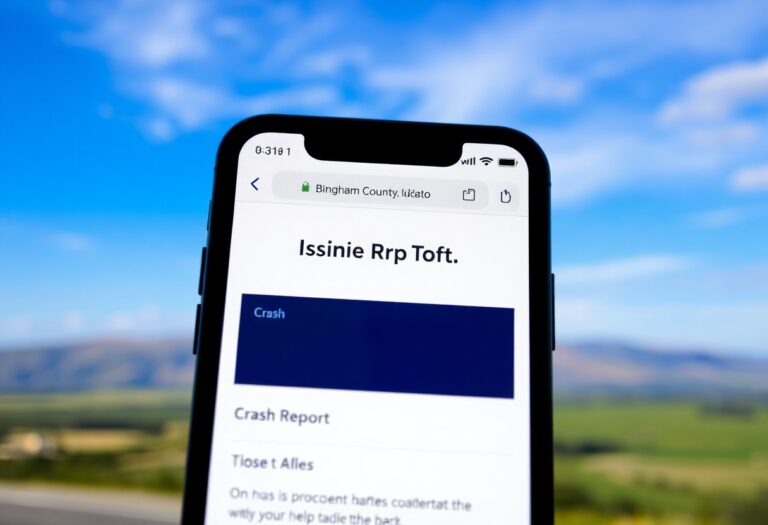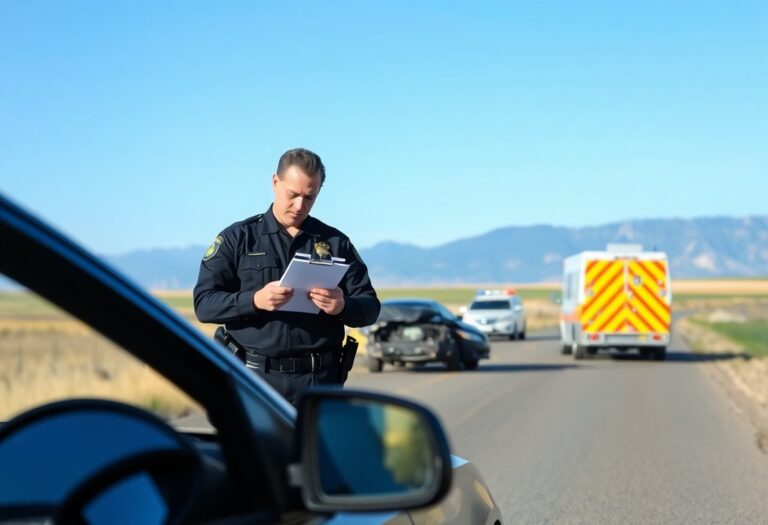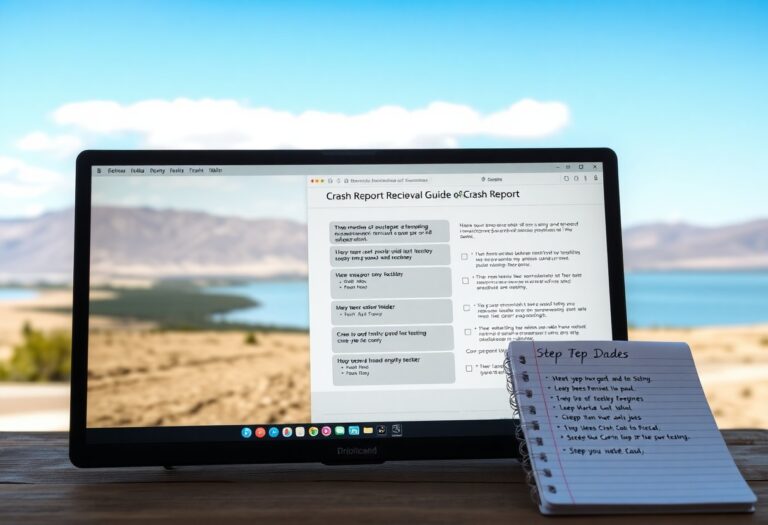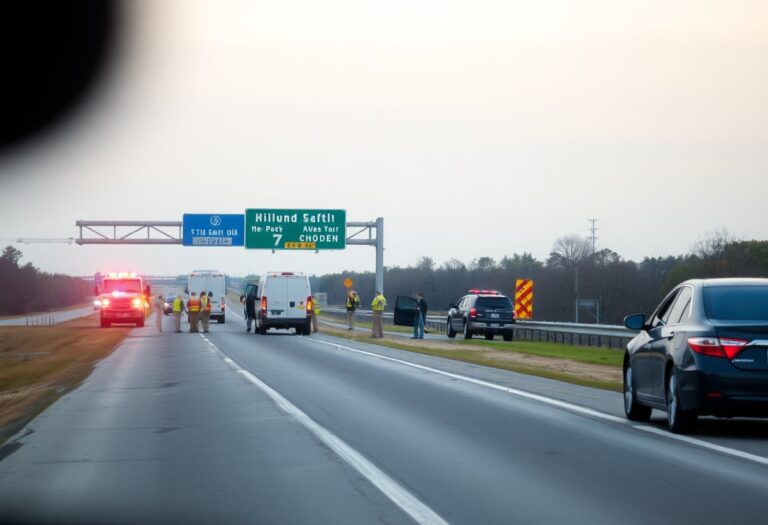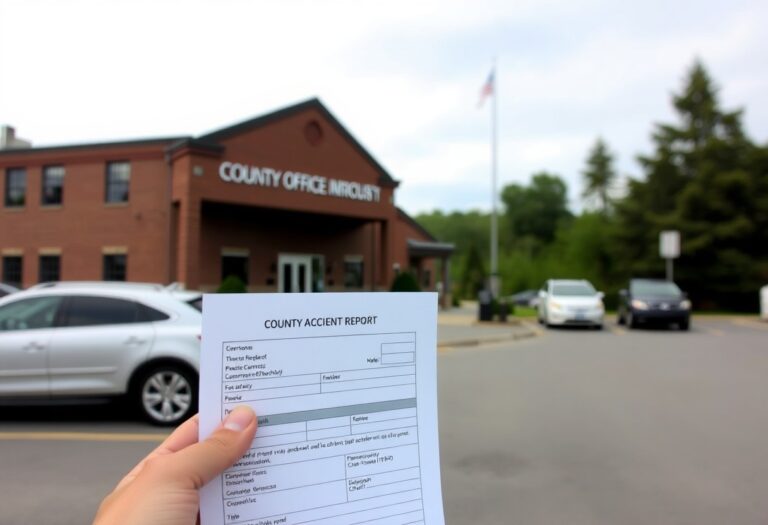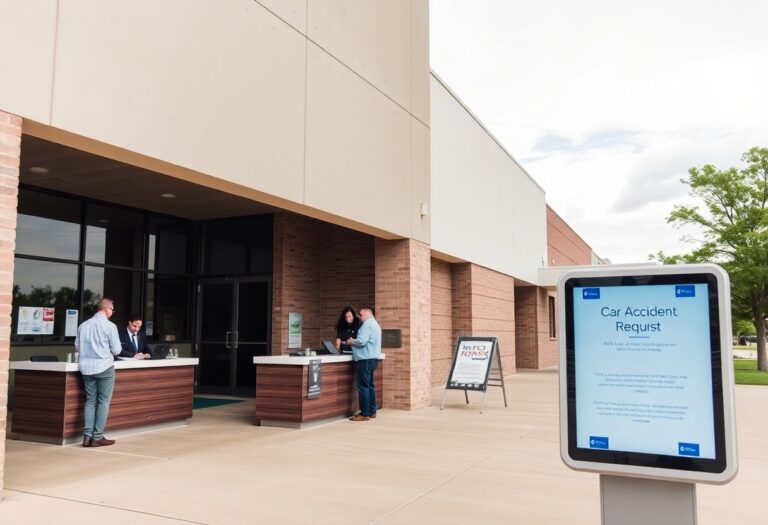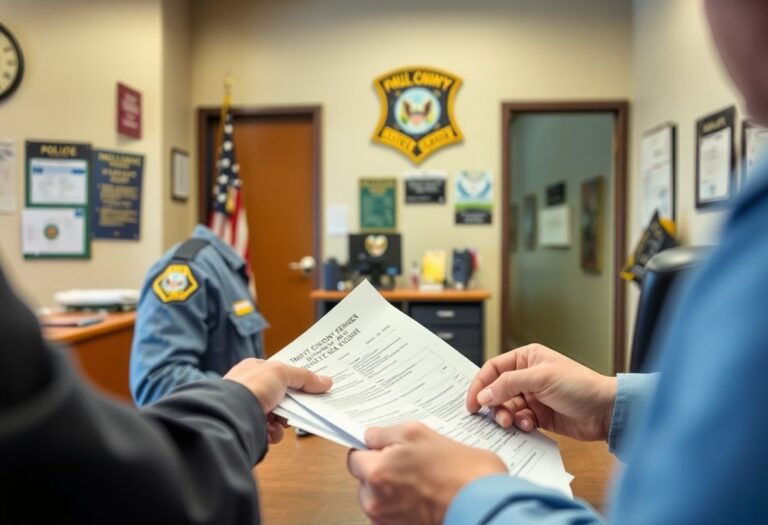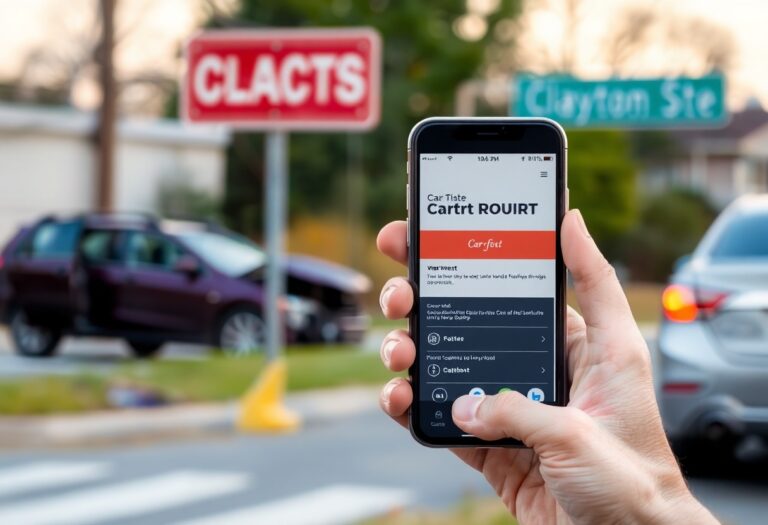Hardeman County offers various resources to assist you in retrieving car accident reports efficiently and effectively. Whether you’ve been involved in a collision or need documentation for insurance purposes, understanding the process can save you time and ensure you receive accurate information. This guide will walk you through the steps involved, from where to find the necessary forms to whom to contact, making your report retrieval as smooth as possible.
Navigating the Legal Framework of Car Accident Reports
The landscape of car accident reporting in Texas is shaped by a specific legal framework, ensuring that the documentation and retrieval of accident reports are conducted systematically and fairly. This framework safeguards your rights while also establishing protocols for how law enforcement and insurance agencies handle these reports. Familiarity with these laws can significantly enhance your ability to navigate the aftermath of an accident and secure the information you need.
Laws Governing Accident Reporting in Texas
In Texas, the law mandates that if an accident results in injury, death, or property damage exceeding $1,000, a report must be filed with the Texas Department of Transportation (TxDOT) within ten days. Officers at the scene often compile these reports as part of their duty, detailing the incident, parties involved, and any citations issued. The access to these reports is generally available to those directly involved in the accident or their legal representatives.
Rights of Individuals Involved in Accidents
You retain specific rights following an automobile accident in Texas, granting you access to reports and information important for legal or insurance purposes. Your right to obtain a copy of the accident report is protected under Texas law, provided you demonstrate involvement in the incident. Understanding your rights and taking the necessary steps can empower you during this often difficult and overwhelming time.
These rights extend not only to accessing the accident report itself but also to how information is shared with you. For instance, if you are denied access to necessary documentation by law enforcement or other parties, you have the right to challenge that denial. Filing an appeal or seeking legal counsel can reinforce your position, ensuring you receive vital information for potential claims or legal action related to the accident.
Step-by-Step Process for Retrieving Accident Reports
| Step | Description |
|---|---|
| 1 | Identify the correct reporting agency. |
| 2 | Gather required documentation for the request. |
| 3 | Select your preferred method of request: in-person, online, or mail. |
Identifying the Correct Reporting Agency
Determining the right reporting agency is a vital first step. Typically, police departments, sheriff’s offices, or highway patrol agencies handle car accident reports. You’ll need to know where your accident was reported; this may be the municipality, county, or state entity that responded to the incident.
Required Documentation for Requesting Reports
When you request your accident report, specific documentation is necessary to process your request efficiently. You’ll need to provide your driver’s license number, the date of the accident, and a case or report number if available. Additionally, being prepared to show proof of involvement in the accident can expedite the retrieval process.
Having the correct documentation is vital for a seamless retrieval experience. Your driver’s license proves your identity, while the accident’s date and report number facilitate access to the appropriate records. It’s wise to have additional identification on hand, as some agencies may ask for proof of your connection to the incident. Any delays in providing required information can affect the speed at which you receive your report.
Methods of Request: In-Person, Online, and Mail
Accident reports can be requested through various channels to suit your convenience. You can visit the reporting agency in person, utilize their online services, or send your request via mail. Each method has its own benefits and timelines for processing.
In-person requests allow for immediate retrieval, often with the added benefit of discussing details directly with staff; however, you may face longer wait times during busy hours. Online requests are increasingly popular due to their convenience, allowing you to fill out forms and upload documentation from home. Mail requests typically take longer due to processing and delivery times but may be the only option if distance is a barrier. Opt for the method that best aligns with your schedule and urgency to get your report.
Common Challenges in Obtaining Accident Reports
Retrieving accident reports in Hardeman County can pose several challenges that may complicate the process. You might encounter issues such as outdated contact information for the relevant departments, non-responsive officials, or the necessity of navigating complicated bureaucratic systems. Each of these hurdles can delay access to your report, but understanding the common pitfalls can better prepare you to address them effectively.
Pitfalls to Avoid When Requesting Reports
One common pitfall is failing to provide the correct information when submitting your request. Incomplete or inaccurate details, such as the date of the accident or incorrect vehicle information, can lead to unnecessary delays. Always double-check your submission to ensure accuracy and completeness, which can streamline the retrieval process.
Addressing Delays and Denials Effectively
Delays and denials in obtaining accident reports are frustrating but can often be remedied with persistence and the right approach. First, maintain clear communication with the department handling the reports, using polite yet assertive follow-ups to check on the status of your request. If denial occurs due to insufficient information, ask for specific reasons and immediately provide any additional details needed for reconsideration.
In cases where your request is denied, it’s beneficial to ask for clarification on the denial’s basis. This might reveal options for submission restarts or additional documentation you might need to provide. Keep a detailed record of all communications, including dates and names of individuals you interact with. This not only assists in tracking your request’s status but can also strengthen your case for appeal if necessary. By engaging proactively and providing all requested information promptly, you heighten your chances of a timely and successful request resolution.
Utilizing Reports for Insurance Claims and Legal Action
Accident reports serve as pivotal documents in navigating the often complex world of insurance claims and legal actions. By providing an official account of the incident, these reports can substantiate your case, ensuring that insurance adjusters have clear and verified information regarding fault and damages. They can expedite the claim process, allowing you to receive compensation without unnecessary delays, while simultaneously offering you critical evidence if pursuing a lawsuit becomes necessary.
The Role of Accident Reports in Insurance Disputes
In insurance disputes, accident reports detail the facts surrounding the crash, including witness statements and officer observations, all of which are important for validating your claim. Insurers rely heavily on these documents to determine liability, assess damages, and ultimately decide payout amounts. A well-structured report can make a significant difference in the outcome of your claim, helping to establish fault and support your position.
Leveraging Reports in Court Proceedings
Accident reports are equally vital in legal scenarios, where they can serve as critical evidence to illustrate the circumstances leading up to the collision. They can significantly impact the court’s understanding of the event, allowing your attorney to build a strong case on your behalf. This documented insight assists in establishing liability and may sway the decision in your favor.
Utilizing accident reports during court proceedings can provide a comprehensive overview of the incident, including key details such as vehicle positions, weather conditions, and timing factors that could influence outcomes. Your legal team can use the report to challenge opposing arguments, cite specific findings, and support claims for damages. Additionally, discrepancies between the report and testimonies provided in court may highlight inconsistencies in the opposing party’s narrative, strengthening your case further. Ultimately, harnessing the power of detailed accident reports can lead to more favorable legal outcomes and ensure that justice is served in your situation.
Enhancing Safety and Awareness Post-Accident
After experiencing a car accident, prioritizing safety and awareness can significantly impact future driving behaviors. Engaging in reflective practices such as reviewing your driving habits and understanding the circumstances that led to the accident can create a proactive approach towards safer driving. Familiarizing yourself with local traffic laws and attending defensive driving courses may also instill a stronger sense of responsibility to ensure both your safety and that of others on the road.
Lessons Learned: Analyzing Accident Reports for Future Prevention
Utilizing accident reports can unveil patterns that contribute to collisions, allowing you to identify risky situations and areas on the road. Thorough analysis might reveal that a specific intersection is prone to accidents due to poor visibility or a lack of signage. Gaining this insight equips you with the knowledge to alter your driving route or approach, ultimately reducing your risk of being involved in another incident.
Community Resources for Accident Awareness and Prevention
Various community organizations and local initiatives focus on increasing traffic safety awareness and accident prevention in Hardeman County. Programs often include workshops, seminars, and events that emphasize safe driving practices and the impact of distracted or impaired driving. Additionally, these resources promote collaboration with local law enforcement to provide educational campaigns targeted at reducing accidents.
In Hardeman County, numerous community resources like the local traffic safety office and nonprofit organizations actively support road safety. Regular workshops addressing safe driving, workshops for young drivers, and coordinated efforts with schools enhance community engagement. Participating in these initiatives often deepens your understanding of road safety nuances while fostering a collective commitment to reducing accidents. By joining forces with local entities, you can play a pivotal role in driving change and promoting safer roads for everyone.
To wrap up
On the whole, navigating the process of retrieving car accident reports in Hardeman County, Texas, can be straightforward when you understand the necessary steps. By knowing where to request your reports, the information typically required, and the potential fees involved, you can ensure that you efficiently access the pertinent details needed for your records or legal matters. Your ability to stay informed about the protocols and contact the right departments will empower you in managing your car accident documentation with ease.

